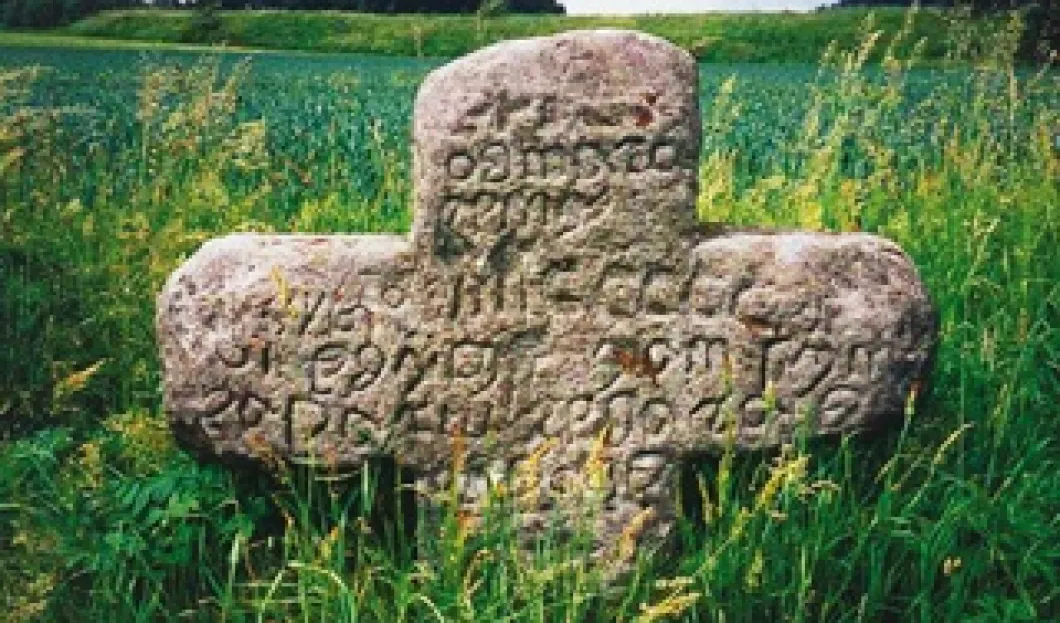
Borders between the Czech Republic and Germany provide an interesting experience for people who like mysteries. There are three crosses whose origin is unknown.
There is an area in the Czech Republic called Trojmezi, meaning "Three Borders", which is an ideal place for mystery seekers. The borders of the former Kingdom of Bohemia, Kingdom of Saxony and Kingdom of Bavaria used to meet there, that is how the place got its name. Then, people spoke the same language there.
Nevertheless, as Novinky.cz reported after the World War II people on the Czech side of the border were forced to leave their homes and afterwards the whole area was guarded so that no one could cross the border. Twenty years after the fall of communism, the situation is getting better there. People are coming back to Trojmezi eager to learn about the secrets of the place. Three crosses belong among the mysteries that draw the attention of tourists. The crosses stand only few hundred meters from each other but still no two of them are in the same country.
One of the crosses is on the Czech side of the border near the village of Trojmezi. It is more than one meter high and made of granite. The cross does not stand far from a dilapidated bridge. The village of Kaiserhammer, which was demolished after the war, used to be there.
The second cross is in Bavaria. It is heavily damaged 80 centimeters high cross with almost unnoticeable limbs. The cross used to stand near the road that led to the village of Mittelhammer. People would take the road to get to church in Saxony but as the Germany split after the World War, the road could not be used and suddenly the cross was dangerously close to the barbed wire. That is why it was moved in 1980 nearer to Nentschau, which is approximately 1200 meters far from Trojmezi.
If tourists set off from Mittelhammer, it is no problem to get to the third cross these days. Before the communism regime fell, however, it would be impossible to get to the village of Posseck where the cross stands in front of a church. The area was heavily guarded then because it was on the border with Germany. The last cross is 165 centimeters high and dates back to 1779, which is again the only thing that could be said for sure about it.












